





BEAVERS
How to Trap a Beaver
The best way to remove beavers from your pond or waterway is with a live trap. Trapping a beaver takes the right trap, careful positioning and patience. Below, Havahart® provides step-by-step instructions on how to catch a beaver in a live trap, as well as expert tips to help along the way.
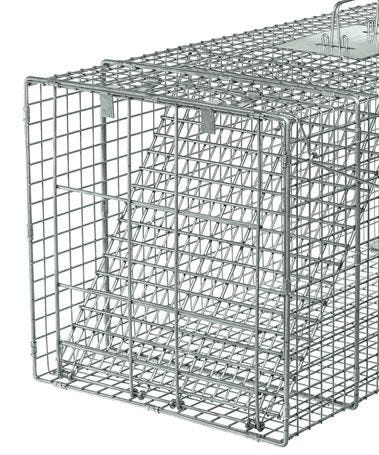
1 Choose a Beaver Trap
The best live traps for beavers are extra large and durable (able to support the size and weight of a beaver). When selecting a trap, keep the following factors in mind:
- Size: A beaver's body and tail must be able to fit comfortably inside the trap. An extra-large trap - at least 42" long and 15" wide - is best for beavers.
- Durability: Wire should be at least 2 mm thick, or 12 gauge, and galvanized to stand up to moist environments.
- Safety: Internal trap edges should be smooth in order to keep beavers comfortable and safe from injury.
2 Determine Trap Placement
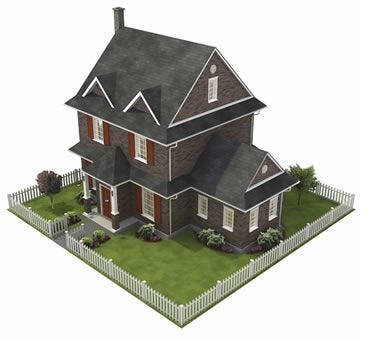
Beavers are predictable in their travel patterns; they establish distinct paths throughout their home ranges and use them regularly. Positioning your trap along one of these travel paths will give you the best chance of catching a beaver.
The two types of beaver paths found at or above water level are:
- beaver slides: long trails of mud about 15- 20" wide and perpendicular to the water's edge, which beavers use to travel between the water and land. Position your trap close to the shoreline, directly along the slide.
- dam crossovers: distinct paths in beaver dams used to cross from one side to the other. Crossovers are sometimes underwater; be sure that no more than a half of your trap is submerged to avoid drowning.
3 Bait Your Trap
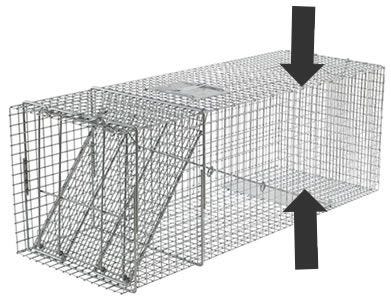
- Beaver castor is considered one of the most effective baits, but beavers are also attracted to twigs and branches - especially poplar.
- Position bait behind the metal trigger pan to ensure the beaver completely enters the trap and engages the trigger.
- If placing your trap partially in water, hang the bait from the top to keep it dry and from floating out of position.
For more expert baiting tips, read How To: Beaver Baits »
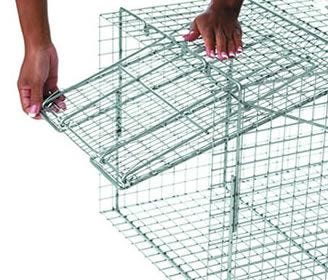
4 Set Your Trap
Set your trap in the early evening, just before nocturnal beavers emerge from their dens. Position your trap with the open door facing the beaver's pond habitat, and carefully set it to the open position.

5 Check Trap Often
A beaver should not be left trapped in a cage for an extended period of time, as it can quickly grow anxious, hungry or dehydrated. It's very important that you check your trap often so that you can release the beaver as soon as possible.
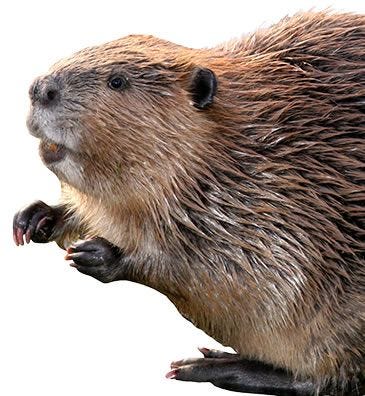
6 You've Caught a Beaver!
- Wear heavy gloves when handling a trap with a beaver inside to avoid any contact with the animal.
- The average beaver may weigh up to 50 lbs., so it is advisable to have someone help you lift and transport the trap.
- Approach/handle the trap calmly and with care.
- If local laws permit, relocate your beaver to another aquatic environment, at least 10 miles from your property.
Expert Tips
- Understand the trapping and beaver relocation laws in your area before trapping a beaver.
- Patience is necessary when trapping beavers. Beavers are known to be particularly trap shy, so it may take some time to make a capture.
- If you cannot find an even surface along a beaver slide or dam crossover, place a piece of wood underneath the trap to secure it on a level plane.
- It's important that you are careful not to disturb a beaver's ecosystem before trapping it. Beavers are very smart and can quickly become wary of danger when they detect signs of disturbance, which may cause them to avoid unfamiliar objects like a trap.
- Camouflage your trap to make it less visible by covering it with dirt, mud and/or vegetation. Ensure that the camouflage does not get in the way of the trigger plate.
- For more information, read How to Get Rid of Beavers »
